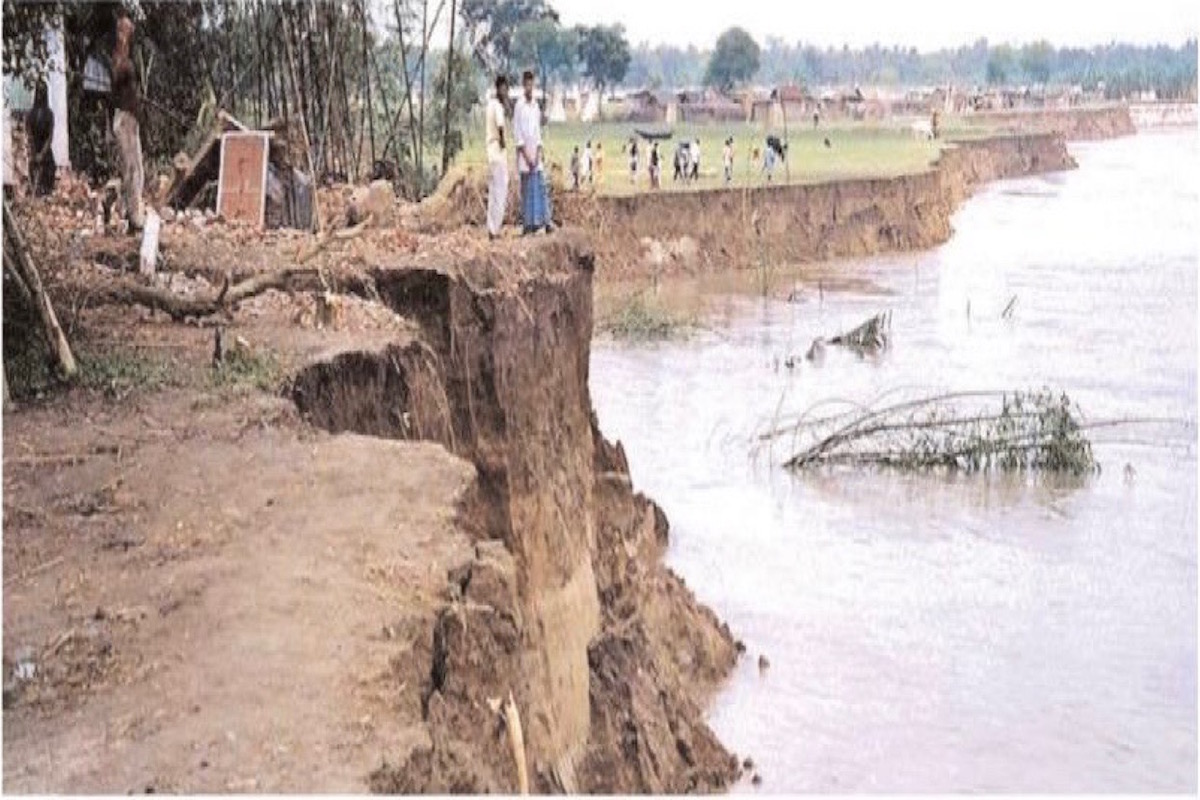The countdown to the Assembly Election in West Bengal has predictably generated considerable political fervour which is likely to intensify in the coming days. Two principal contenders for power, the ruling Trinamool Congress and the challenger Bharatiya Janata Party are leaving no stone unturned in their desperation to woo the voters, trading charges and countercharges at each other while promising the moon to the electorate if voted to power.
At a recent press conference, Union Home Minister Amit Shah accused the Trinamool Congress government in the state of failing to deliver, claiming that West Bengal lags behind most states in the country on various parameters, except on corruption and extortion. Trinamool Supremo and state Chief Minister Mamata Bannerjee vehemently dismissed Shah’s observations as ‘garbage of lies’, rebutting his statement with data to establish her claim of Bengal’s leading position in various spheres, particularly in promotion of MSME and rural roads, and in promoting women’s empowerment through schemes like Kanyasree and Sabujsathi.

The ruling dispensation promises to further accelerate the pace of ‘Unnain’ (development), which it claims to have followed with vigour during its last two terms, while the challenger BJP propagates its undying commitment to usher in the ‘Sonar Bangla’ (Golden Bengal), the El Dorado of prosperity, peace and progress. Panellists in television channels are debating endlessly, and often quite boisterously, about the prospects of these two main contenders for power while social media are abuzz with stories, real or planted, about the colourful exploits of several political heavyweights moving to and from one camp to the other.
What is lost in the din is the voicing of any real concern from either of these two camp followers about one of the gravest threats facing humanity in recent times, the crisis of environmental pollution and climate change, not a distant international issue to be dealt with by statesmen at the high table of global powers, but a very palpable issue in India as well as in Bengal.
While West Bengal’s geographical diversity, ranging from the Himalayas in the north to the Bay of Bengal in the south, and numerous plains and plateaus in between, presents a treasure trove to those keen to explore the bounties of nature, it complicates the task of those entrusted with the responsibility of delineating the development agenda for the state as many regions are ecologically fragile and vulnerable. Soil erosion in the Darjeeling Himalaya is taking place rapidly by the removal of topsoil which is disturbing the ecological balance and agricultural development of the region.
Landslides are another grave environmental hazard in Darjeeling and surrounding hill areas. Although landslides, particularly in the monsoon, are a natural phenomenon, in the Darjeeling hills they are mostly triggered by manmade structures and practices. Improper drainage and waste management systems, unscientific cultivation, random clearance of forests for short-term commercial profit, dependence on forests for fuel and fodder, uncontrolled grazing and pilferage of trees, unplanned extension of cultivation and encroachment on land due to population pressure are all harming the ecosystem of the region. Experts have issued repeated warnings about possible catastrophic outcomes of such practices but their voices seem to have fallen on deaf ears.
In the south, the Sundarbans, the largest mangrove ecosystem in the world, is highly vulnerable to various hydro-meteorological hazards. Global warming compounds the dangers to the Sundarbans. These low-lying mangrove forests are highly susceptible to the effects of sea-level rise ~ including inundation of coastal areas, increased exposure to storm surges, increased coastal erosion, and rising salinity in ground and surface waters. The vulnerability of the region is further aggravated by a variety of anthropogenic activities, including intensive boating and fishing, dredging, tourism and port activities, operation of mechanized boats, excavation of sand from the riverbed, and the establishment of coal power plants. The devastation caused by super cyclone Amphan is clear indication that such catastrophes are likely to become more severe in the future, exacerbated by thoughtless human intervention.
The changing morphology of the river Ganga and intensifying river bank erosion is wreaking havoc in the districts of Malda and Mursidabad, as the river is swallowing settlements on its bank. In 2020, erosion took place in some villages of Murshidabad district ~ villages that hadn’t seen such erosion earlier ~ washing away homes, temples, a school and agricultural land. Some locals and experts attribute the fresh spate of erosion to the obstruction of the natural flow of the river Ganga linked to the construction of the Farakka Barrage. Experts have proposed integrated planning for climate change mitigation and adaptation model in the Ganga floodplain.
Being a border state, West Bengal is also susceptible to illegal immigration, and resultant encroachment in ecologically sensitive areas. The areas around Mahananda ~ an important river in North Bengal which flows to Bangladesh ~ are facing a crisis due to new settlements on the riverbed and illegal mining done by sand mafia.
West Bengal is a predominantly an agrarian state, comprising only 2.7 per cent of India’s geographical area, while supporting 8 per cent of its population, and major portion of this is dependent on agriculture. Average land holding is rather small, and though the state ranks first in the production of paddy and vegetables in the country, water intensive mode of cultivation, and over use of ground water are causing arsenic and fluoride contamination. The farmers are often at the mercy of vagaries of nature like flood, drought, storm and hailstorm, escalating in recent times due to anthropogenic climate change.
While having the highest population density in the country, unplanned urbanization and urban congestion are posing grave challenges to the wellbeing of the inhabitants. The persistently high rate of Corona infections in Kolkata has amply underscored the perils of urban congestion. A study carried out by scientists of Harvard University has revealed that in 2018, Bengal had the third highest number of fossil fuel pollution-driven annual deaths at 2.8 lakh, after Uttar Pradesh and Bihar, while according to some other reports, the air quality index of Kolkata on certain days is worse than in other Indian megacities.
In the backdrop of this dismal scenario, any agenda for development must be oriented towards environmental sustainability which cannot be expected from greedy corporates and needs to be enforced by the ruling dispensation. Unfortunately, prominent political parties have consistently ignored environmental issues. Noted environmentalists have raised the demand for inclusion of such issues in the manifesto of major parties in poll bound Bengal. Ultimately, the onus is on the electorate to vote for a party which commits itself to the creation of a Green Bengal, which alone can mitigate our existential crisis.












